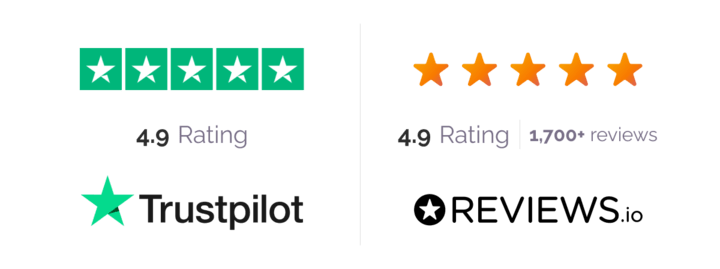Podcasting is a popular way for people to share stories, ideas, opinions, and information. However, as podcasting is moving into a more visual platform with the use of images and videos, it’s becoming harder for the visually impaired or blind to engage with the content of a show.
That’s where visual descriptions come in.
What is a Visual Description?
A visual description is an important tool for making podcasts more accessible to listeners with vision impairment. Through the use of audio and words, visual descriptions provide a vivid, sensory experience that enhances the podcasting experience for those with sight loss.
Visual descriptions can help to create a mental image of what is happening in the podcast and allow people who are blind or partially sighted to understand the content better.
By providing information about elements such as colors, objects, body language, and facial expressions, hosts and voice actors can bring life to a podcast episode.
Visual descriptions should be detailed enough so that listeners can gain a full understanding of what’s going on, but not quite so long that they detract from the flow of storytelling. It takes practice and skill, but adding visual descriptions to your podcast episodes can make them much more accessible and enjoyable for all listeners!
✨ Example of Visual Descriptions in Podcasting
Listen to the episode below in the podcast embed player for specific examples of visual descriptions in podcasting.
Isn’t Podcasting Audio Only? Why Use Visual Descriptions?
While podcasting is primarily an audio-only medium, adding visual elements can make for a more engaging experience for all listeners and help creators stand out in the crowded podcasting world.
One way to do this is with dynamic audio clips that provide a visual description of yourself or your show.
Dynamic audio clips are simply pre-recorded snippets that you insert into all of your episodes. The clips you use can be the same or different for each episode depending on your preference.
For example, you might want to describe yourself, your surroundings, and even your outfit each time you record – and this might change from day to day.
With these clips, you can provide listeners with a visual experience without them having to leave the episode they’re listening to.
This could be anything from introducing yourself and describing what you look like, to describing how your show will sound and feel.
These descriptions go far beyond just naming characters.
They should provide details on sound effects, music, background noises, and other elements that will help people with disabilities (and even listeners who are not disabled!) more accurately understand what’s happening in the episode. Visual descriptions are also beneficial for those who may have trouble understanding certain accents or languages used in podcasts due to their disability.

Visual Descriptions Make Your Podcast More Accessible to Everyone
Whether people are tuning in on YouTube, their favorite podcast player, or even on social media, including visual descriptions helps ensure that everyone has equal access to your content and allows you to reach a wider audience.
We also recommend including these visual descriptions in your show notes and transcripts so that individuals that are hard of hearing can also keep up with what is happening within any given podcast episode.
Be sure to check out our post The Importance of Transcripts for ADA Compliance as well to ensure your show is truly accessible to all.



